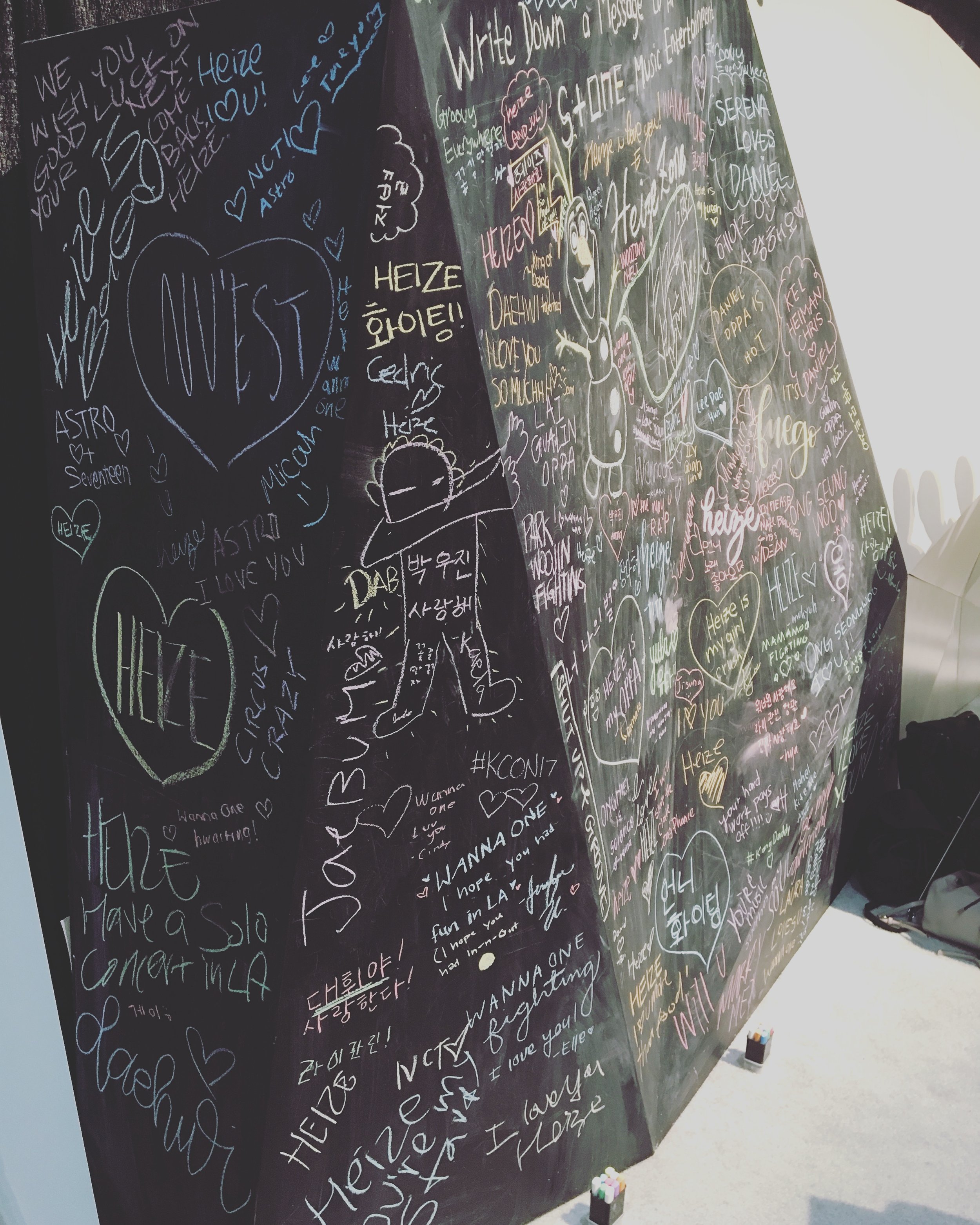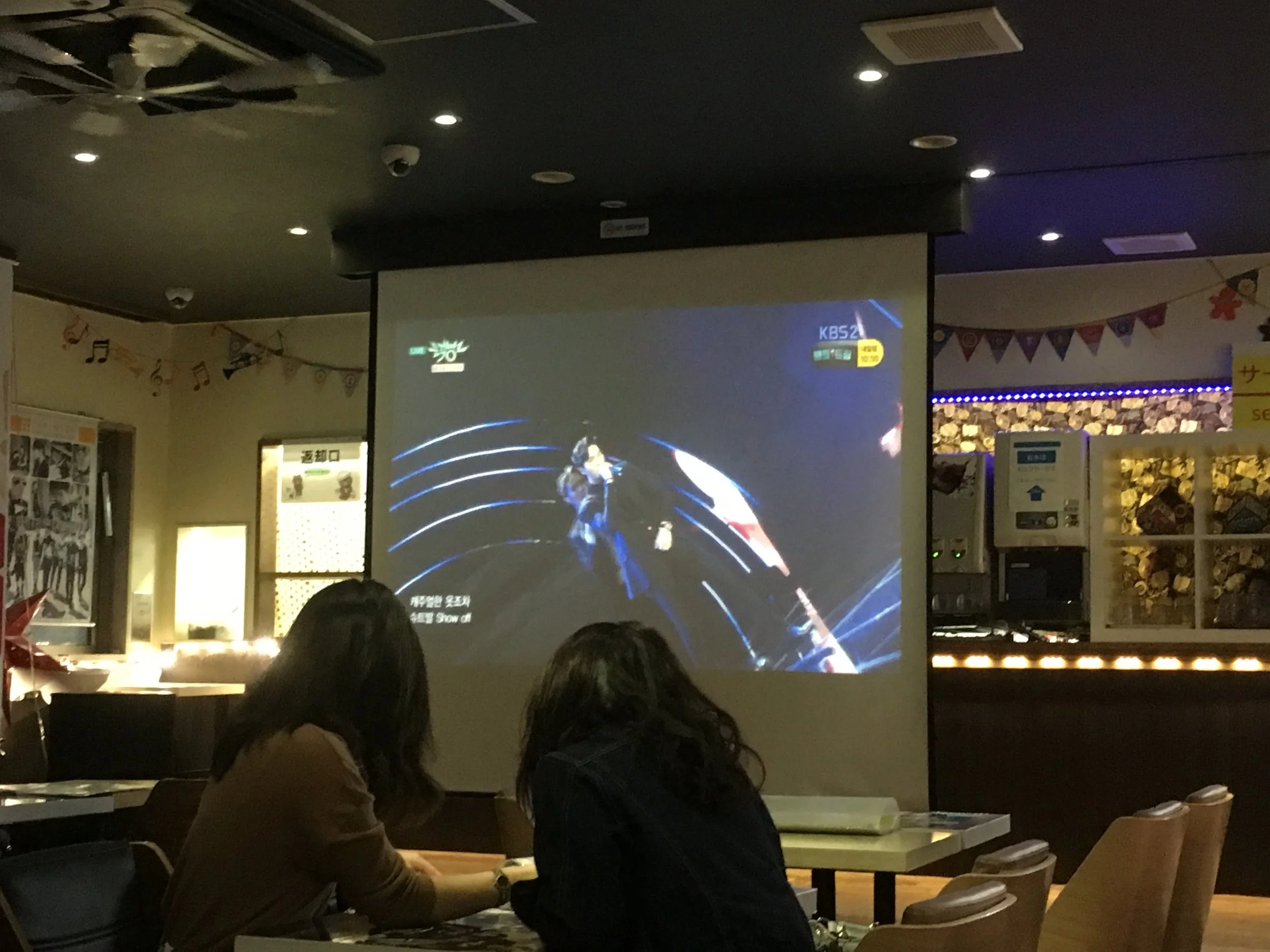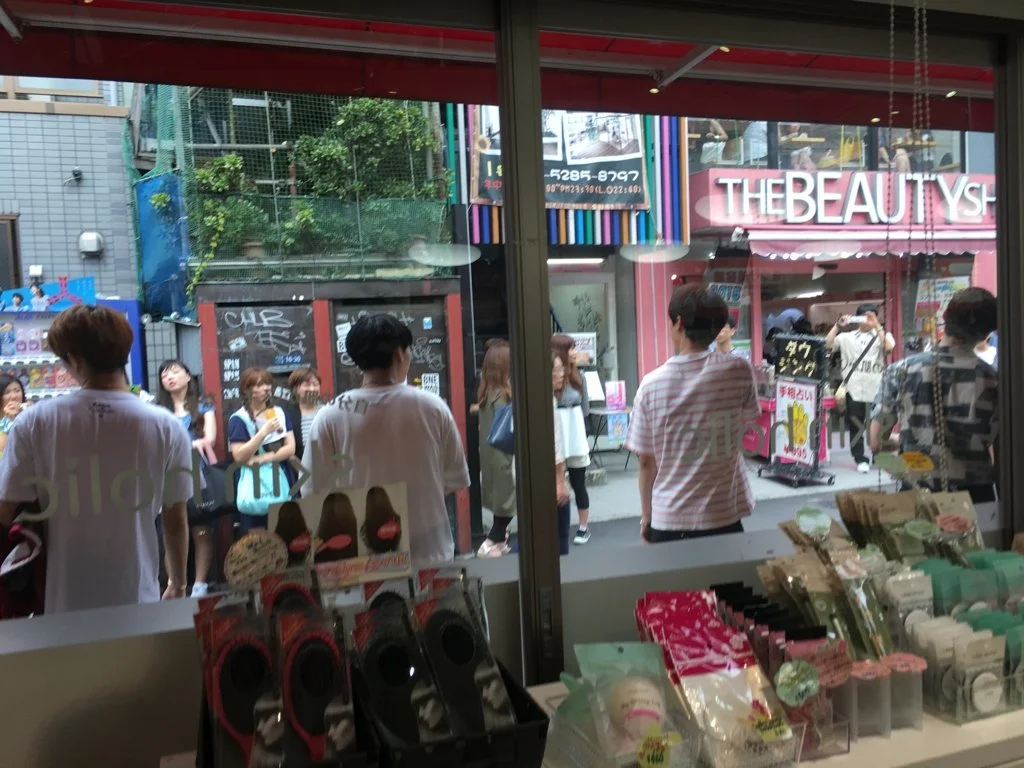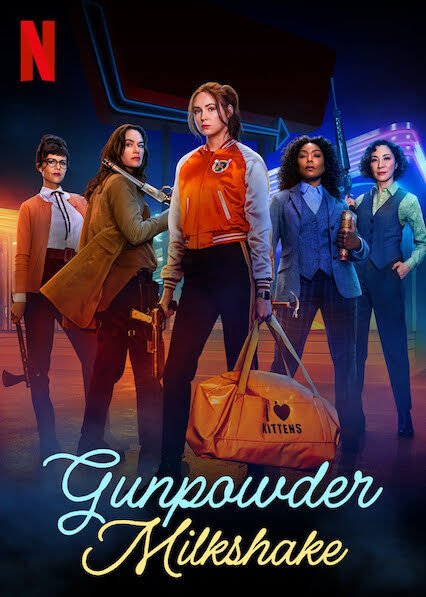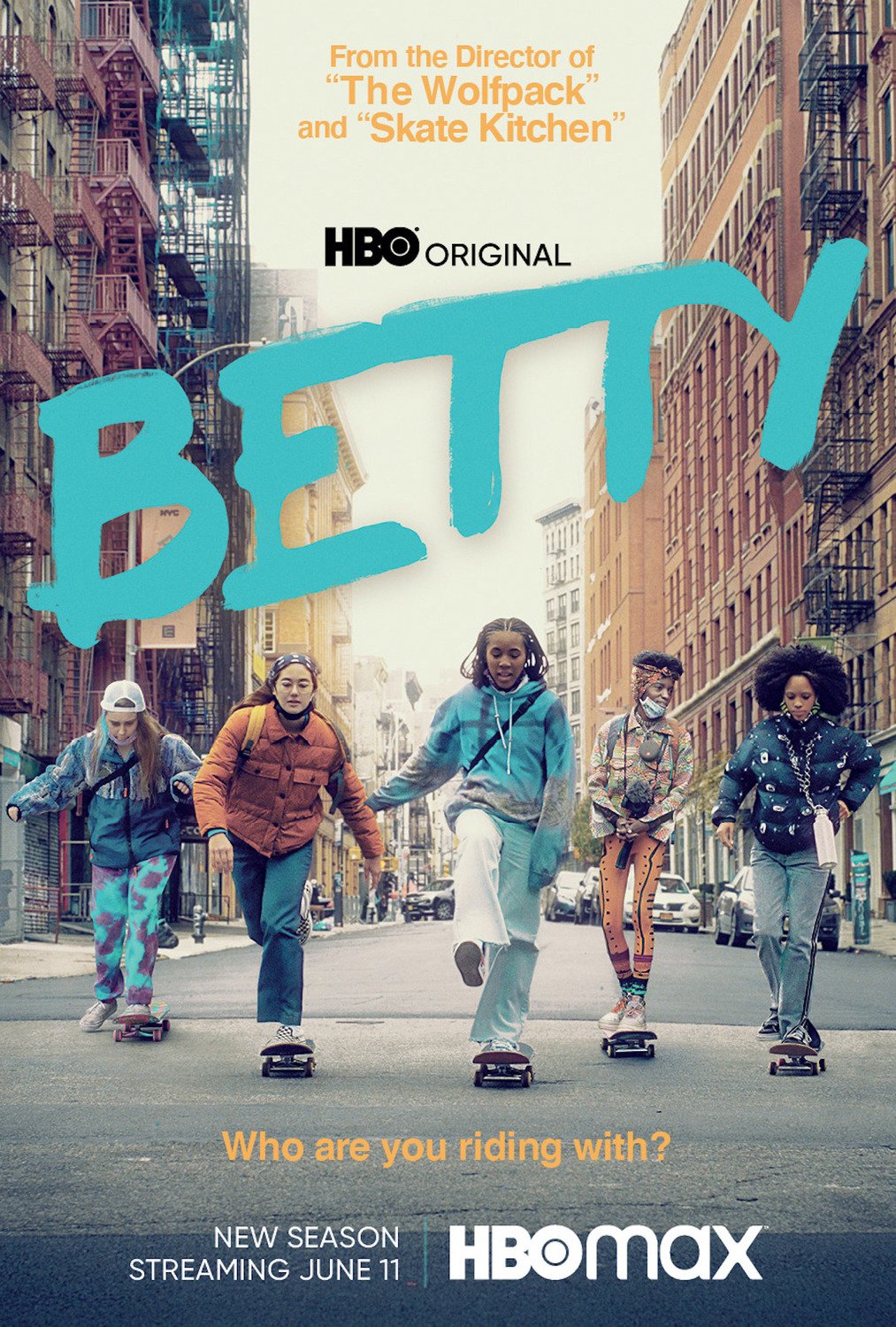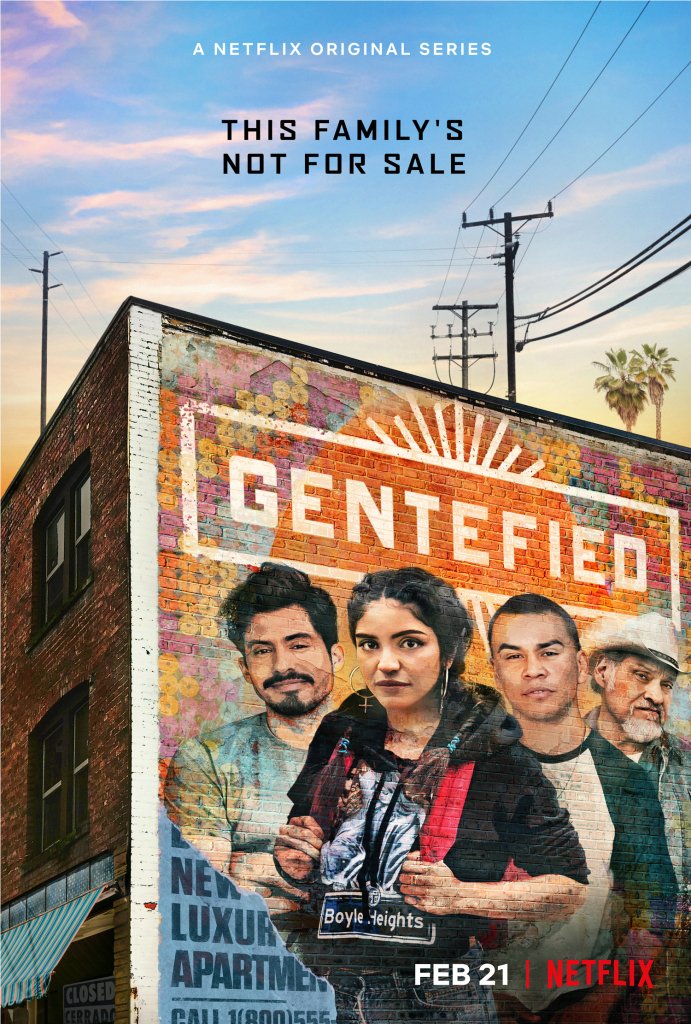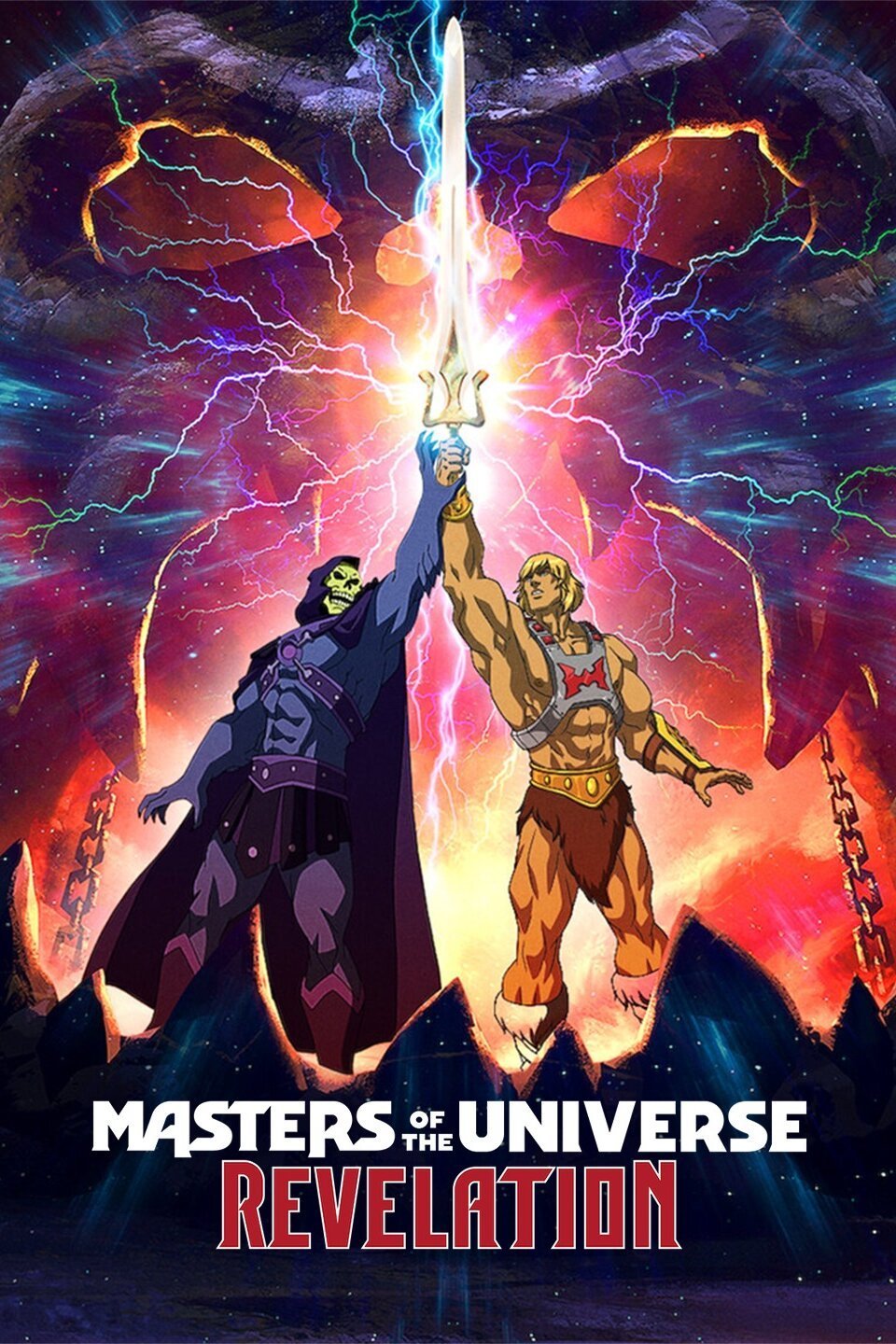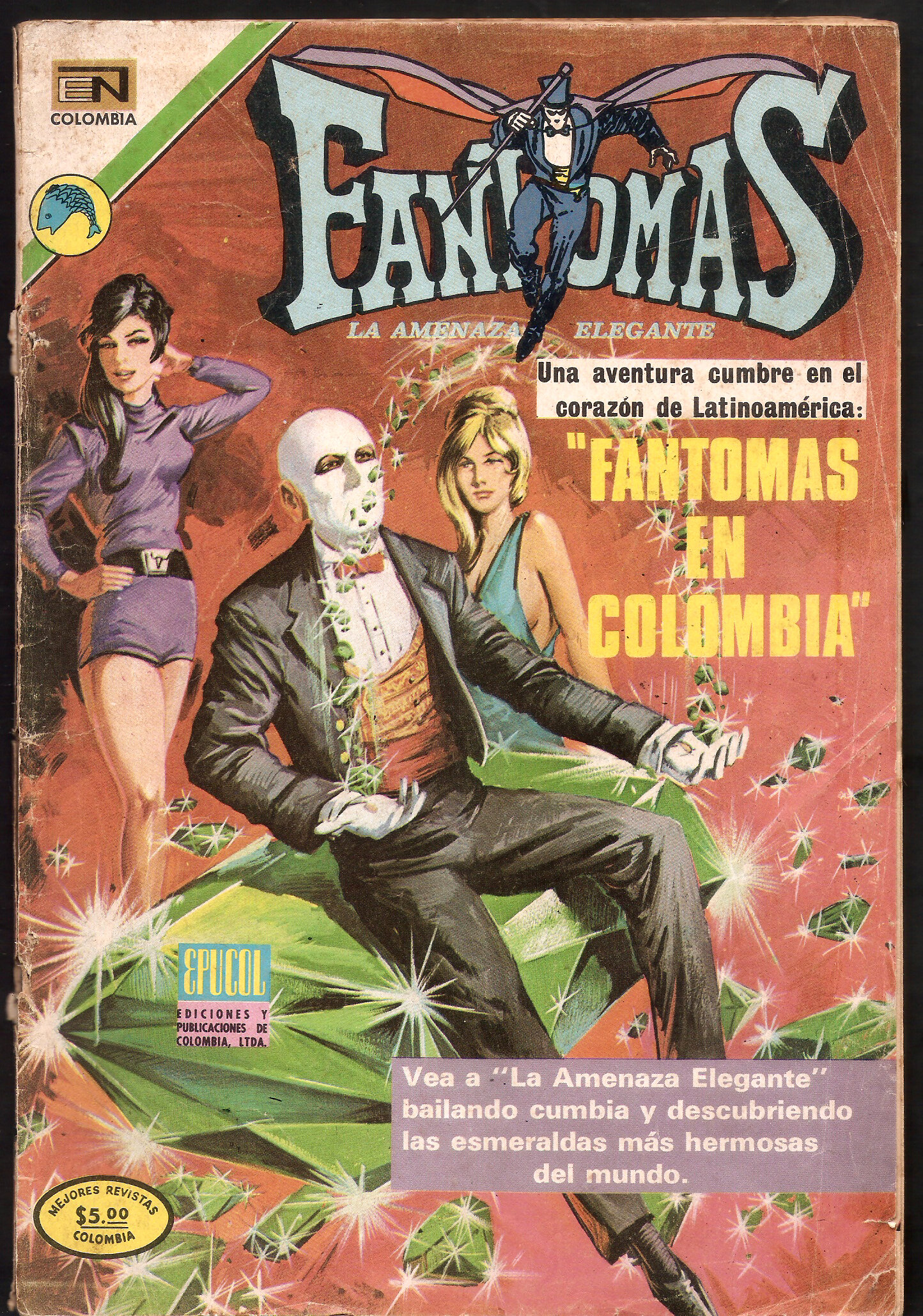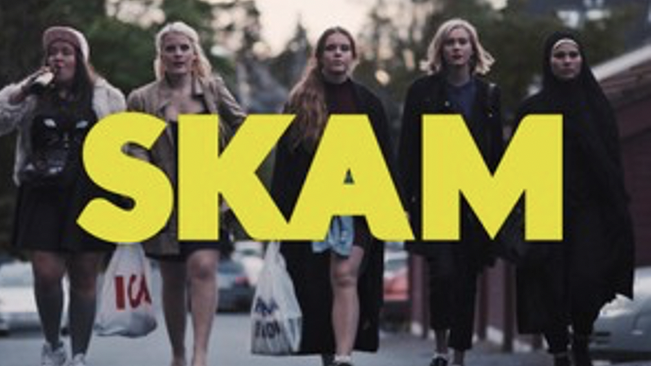This spring, I am teaching — for the first time — a course on the history and craft of podcasting as part of an initiative in the journalism school to expand its offerings in this area. As a hardcore podcasting fan, and as someone who co-hosts the How Do You Like It So Far? podcast, I am looking forward to.getting my students to explore the breadth of what’s out there right now, and as a long time radio buff, I want to introduce them to older work which lay the foundation for our current practices. As always, I want to share my syllabi here. This one is especially rich since it has links to the specific episodes I want students to listen to outside of class, though there will be more listening inside class.
Course Description
Podcasting is the new, hot medium that has seen exponential growth over the last two decades. Millions of podcasts have been created, covering an infinite number of subjects and formats -- everything from news and documentary, fiction, conversational series, and educational series. Podcasting has tapped into a cultural phenomenon, reaching listeners on a personal and on a collective level. The medium has its roots in oral traditions, the radio medium, and film and theatre sensibilities, while technological advances allow new definitions of the way audiences and content producers interact.
Podcasting has become an area of critical examination as well, as podcasting evolves into a key part of the media landscape, reflecting social and cultural touchpoints in society. This course will explore the historical and theoretical underpinnings that have brought the podcasting movement to its current form, roots which take us through commercial, public, grassroots, and underground radio movements across the past century. Through readings, lectures, and written work, students will situate podcasting in relation to earlier generations of audio technology and identify some key figures in radio history and the ways they continue to influence choices made by contemporary podcast producers.
Above all, we will be actively listening and critically engaging with innovative works, including experimental media texts going back to the origins of radio, as well as works illustrating the diverse functions of the contemporary podcast. This range of material reflects this course’s goal of broadening exposure to current practices and audiences. We will also examine how the emergence of podcasting has impacted the diversity of voices and perspectives finding an audience, and how global access contributes to regionally specific content. In the process of this exploration, the course hopes to sensitize students to the roles which noise, sound, music, and the human voice may play in constructing soundscapes and telling meaningful stories (fictional and nonfictional).
Student Learning Outcomes
Map and identify the diverse historical models -- from classical radio drama to underground and pirate radio -- which have informed the development of contemporary podcasting.
Define the basic building blocks of audio-based storytelling and examine how they are used in different podcasting genres.
Listen to one podcast across the semester and evaluate how podcasting and radio create different relationships to their audiences and publics.
Assignments
First Paper: Using examples we have considered so far in the class, write a short, five-page essay describing similarities and differences in the nature of radio and the nature of podcasting. Draw on course-assigned readings to provide some conceptual frameworks for your analysis. (20 percent)
Blackboard Notes: Each week, each student will use the Discussion Board feature on Blackboard to post some initial thoughts, reactions, questions, and comments about the materials assigned. These notes should be posted at least three hours prior to when the class is scheduled to meet. (20 Percent)
Class Journal: Each student will select one ongoing podcast that they will listen to systematically across the semester, making some notes each week about their experiences consuming additional episodes of this material, the content featured in the episodes listened to each week, the ways that the podcast seeks to build listener loyalty over time, and the ways this podcast fits within the histories of the medium we have introduced across the semester. (30 Percent)
Final Exam: Students will complete a comprehensive take-home final with questions designed to encourage reflection across topics and examples we have explored this term. (20 Percent)
Class Participation: Students are expected to regularly attend and participate in class discussion. (10 Percent)
Course Schedule: A Weekly Breakdown
Important note to students: Be advised that this syllabus is subject to change - and probably will change - based on the progress of the class, news events, and/or guest speaker availability.
Week 1 1/11 Noise, Sound, Music, Voice
LISTEN:
From BBC’s Noise: A Human History—
“Echoes in the Dark “(14:37): https://beta.prx.org/stories/100722
“The Beat of the Drum” (14:20): https://beta.prx.org/stories/100883
“New Art of Listening” (14:33): https://beta.prx.org/stories/103047
“Capturing Sound” (14:22): https://beta.prx.org/stories/103056
Columbia Workshop “Broadway Evening” (38:09): https://podbay.fm/p/classic-radio-drama/e/1183454460
Guide to Getting Lost (32:38): https://soundcloud.com/jenniesavage/guide-to-getting-lost
(This piece is designed to be heard on a mobile phone while taking a walk.)
Suspense “Lentigen vs. The Ants” (27:08): https://www.youtube.com/watch?v=7KPIw_4wE8c
READ:
Richard Berry, Chapter 2 in Podcasting: New Audio Culture and Digital Media(London: Palgrave McMillan, 2018)
(Rec.) David Hendy, “Echoes in the Dark” and “The New World of Listening,” and “Capturing Sound” in Noise: A Human History of Sound and Listening (New York: Ecco, 2013).
Week 2 1/18 Technologies of Sound: Radio, Cinema, Records, Podcasts
LISTEN:
Lost and Found Sound, “The Rise and Fall and Rise of Thomas Edison” (22:05): http://www.kitchensisters.org/stories/lost-found-sound/
99 Percent Invisible, “Bone Music” (16:41): https://99percentinvisible.org/episode/bone-music/
Ways of Hearing, “Space” (24:06): https://www.radiotopia.fm/showcase/ways-of-hearing
Radio Lab, “60 Words” (1:09:16): https://www.wnycstudios.org/podcasts/radiolab/episodes/60-words
READ:
Martin Spinelli and Lance Dann, Chapter 2, Podcasting: The Audio Media Revolution(London: Bloomsbury, 2019).
Week 3 1/25 Bards and Storytellers
LISTEN:
BBC’s Noise: A Human History, ‘Epic Tales’ (14:35): https://beta.prx.org/stories/102879
Jean Shepherd, “A Christmas Story” (43:59): https://www.youtube.com/watch?v=GkicEleOiTM
Lake Wobegon Stories, “You’re Not the Only One” (26:12): https://www.youtube.com/watch?v=h-ZFo9S_z1k
Have You Head George’s Podcast?, ”A Greenfall Story” (27:00):https://www.bbc.co.uk/programmes/p07qtmfs
The Moth, “Residual Effects” (21:20): https://www.youtube.com/watch?v=ANPJz8QKBTw
READ:
Joe Lambert and Brooke Hessler, “The Work of Stories,” “The Stories of Our Lives,” Digital Storytelling: Capturing Lives, Creating Community(New York: Routledge, 2018).
Week 4 2/1 Publics and Audiences
LISTEN:
BBC’s Noise: A Human History, “Radio Everywhere” (14:37):https://beta.prx.org/stories/103063
FDR fireside chat 1 (12:57): https://www.youtube.com/watch?v=GJ6FxYl9sRE
Documentary about Norman Corwin (56:28):https://www.npr.org/templates/story/story.php?storyId=4668028
Rush Limbaugh (14:45-25:15): https://www.youtube.com/watch?v=3NN vw MFw
America’s Town Meeting of the Air, “Should the U.S. Open Its Doors to Displaced Persons Now?” (Listen until 36:00),https://www.oldtimeradiodownloads.com/variety/americas-town-meeting-of-the-air/should-the-u-s-open-its-doors-to-displaced-persons-now-1946-10-31
READ:
Susan J. Douglas, “The Invention of the Audience,” Listening In: Radio and the American Imagination (Minneapolis: University of Minnesota Press, 2004).
Week 5 2/8 Documenting Ordinary Folks
LISTEN:
CBS Workshop, “I Was the Duke” (I_Was_the_Duke.mp3
Studs Terkel with Welfare Mothers (54:55): https://studsterkel.wfmt.com/programs/mothers-discuss-hardships-living-welfare
The Promise, “A Beautiful Day in the Projects” (23:39): https://wpln.org/post/the-promise-part-2-a-beautiful-day-in-the-projects/
Story Corps on Stonewall (22:45): https://storycorps.org/stories/remembering-stonewall/
Snap Judgment, “Map of the Disappeared” (48:36): https://podyssey.fm/podcast/itunes283657561/episode23689191-Disappeared-Snap-Judgment
READ:
Dave Isay, “The Story of Story Corps,” Listening is An Act of Love: A Celebration of American Life from the Story Corps Project(New York: Penguin, 2008).
Week 6 2/15 The NPR Tradition
LISTEN:
Sandy Toland, “The Lemon Tree” (41:39):mhttps://freshairarchive.org/segments/sandy-tolans-lemon-tree
Code Switch, “A Letter from Young Asian Americans, to their Parents, about Black Lives Matter” (23:14):
https://podcasts.apple.com/gb/podcast/code-switch/id1112190608?i=1000373164987&mt=2
The Sporkful, “Aleppo Sandwich part 1” (28): https://podcasts.apple.com/us/podcast/10-years-1-aleppo-sandwich-pt-1/id350709629?i=1000491944395
The Sporkful, “Aleppo Sandwich Part 2” (28): https://podcasts.apple.com/gh/podcast/10-years-2-aleppo-sandwich-pt-2-update/id350709629?i=1000491944396
Heavyweight, Episode 11—Christina (44:03): https://gimletmedia.com/shows/heavyweight/j4hlkd/11-christina
READ:
Scott Carrier, “The Jackie Kennedy Moment;” The Kitchen Sisters, “Talking to Strangers;” Sandy Tolan, “The Voice and the Place;” mIn Reality Radio: Telling True Stories Through Sound (Durham: University of North Carolina, 2017).
Week 7 2/22 This American Life and Serial
LISTEN:
This American Life, Abdi & the Golden Ticket (54:00): https://www.thisamericanlife.org/560/transcript
Serial, “The Alibi” (53:55): https://serialpodcast.org/season-one
S-Town, E1 (54:00): https://stownpodcast.org/chapter/1
READ:
Rebecca Ora, “Invisible Evidence: Serial and the New Unknowability of Documentary,” in Podcasting: New Aural Cultures and Digital Media, Cham: Springer, 2018.
Sarah Koenig and Julie Snyder, “One Story, Week by Week,” Reality Radio: Telling True Stories Through Sound (Durham: University of North Carolina, 2017)
Week 8 3/1 Black and Ethnic Radio
LISTEN:
Black Radio: Telling It Like It Was, Hour 1 “In the Beginning” and “Pride & Enlightenment, (51:59): https://beta.prx.org/stories/355118
Black Radio: Telling It Like It Was, Hour 5 “Civil Rights” and “Let’s Have Church” (51:59): https://beta.prx.org/stories/355822
The Last Pirates: Britain’s Rebel DJs (59:36): https://www.youtube.com/watch?v=BI1l-CXBuGQ
The Stoop, “The Birth of Solomon” (31:50): http://www.thestoop.org/home/2018/5/1/episode-14-the-birth-of-solomon
#Good Muslim, Bad Muslim, “Pins and Polls”: https://www.goodmuslimbadmuslim.com/podcast/2016/11/29/023-pins-and-polls (Listen to the first half hour or so)
READ:
John Fiske, “Blackstream Knowledge,” Media Matters: Race and Gender in U.S. Politics (New York: Routledge, 1996)
(Rec.) Richard Durham, Golden Age of Black Radio, Archives of African-American Music and Culture
Week 9 3/8 Amateur, Underground, Community Traditions
LISTEN:
Prometheus Radio (1:00:45): https://www.youtube.com/watch?v=ehcIjYbSsqo
Nancy, “Emma Gonzales Wants You to Vote,” (26:47): https://www.wnycstudios.org/podcasts/nancy/episodes/emma-gonzalez-march-for-our-lives-vote
Ear Hustle, “The Big No-No” (41:24): https://www.earhustlesq.com/episodes/2018/11/8/the-big-no-no
Illuminative on the Air, “We Have Medicine for Each Other” (54:54): https://illuminatives.org/illuminative-on-air-podcast/
READ:
Lukasz Swiatek, “The Podcast as an Intimate Bridging Medium,” in Podcasting: New Aural Culture and Digital Media, Cham: Springer, 2018.
(Rec.) Susan J. Douglas, “Popular Culture and Populist Technology: The Amateur Operators, 1906-1912,” Inventing American Broadcasting, 1899-1922(Baltimore: Johns Hopkins University Press, 1989).
Spring Break 3/15 No class
Week 10 3/22 Long Form Reporting
LISTEN
In the Dark: “The Crime” (34:46): https://www.apmreports.org/episode/2016/09/07/in-the-dark-1
Gangster Capitalism, “The Side Door” (39): https://podcasts.apple.com/us/podcast/s1-the-college-admissions-scandal-i-ep-1-the-side-door/id1460320573?i=1000519261581
The Caliphate, “The Recruitment” (33): https://podcasts.apple.com/us/podcast/chapter-two-recruitment/id1357657583?i=1000409977536
The Caliphate, “An Examination” (30): https://podcasts.apple.com/us/podcast/an-examination-of-caliphate/id1357657583?i=1000502817283
The Refuge, “Sibling Rivalry” (12:15): https://www.thresholdpodcast.org/the-refuge-e1
Week 11 3/29 Regional Voices: The American South
LISTEN:
Us and Them, “Hillers and Creekers” (36:04): https://www.wvpublic.org/section/arts-culture/2021-08-12/hillers-creekers
Gravy, “Korean BBQ in Coolsville: A Memphis Report” (20:41): https://www.southernfoodways.org/gravy/korean-bbq-in-coolsville-a-memphis-report/
Buried Truths, “Pistols” (38): https://podcasts.apple.com/us/podcast/pistols-s1-e1/id1334250929?i=1000407471797
READ:
(Rec.) Tara McPherson, “Feeling Southern: Home, Guilt and the Transformation of White Identity,” Reconstructing Dixie: Race, Gender and Nostalgia in the Imagined South(Durham: Duke University Press, 2003).
Week 12 4/5 The New Radio Drama
LISTEN:
Mercury Theater, War of the Worlds (57): https://www.youtube.com/watch?v=nUsq3fLobxw
Homecoming, “Mandatory” (19:24): https://gimletmedia.com/shows/homecoming
Video Palace, “Somniloquy” (21): https://podcasts.apple.com/us/podcast/somniloquy/id1439247558?i=1000421971043
Limetown, “What We Know” (31:05): https://twoupproductions.com/limetown/podcast
READ:
Martin Spinelli and Lance Dann, “Don’t Look Back: The New Possibilities of Podcast Drama” Podcasting: The Audio Media Revolution (Bloomsbury, 2019)
Week 134/12 Joking Around
LISTEN:
Jack Benny, “Christmas Episode” (29:21): https://www.youtube.com/watch?v=YN_FilhFmQ0,
Stan Freeberg, “Christmas Dragnet” (6:38): https://www.youtube.com/watch?v=O1vJ4sXetw4
Bob and Ray, “Mr. Science” (2:57): https://www.youtube.com/watch?v=J96h5viahAA
The Goon Show, “Rommel’s Treasure” (25:01): https://www.youtube.com/watch?v=VuVFFNvyUT8
The Firesign Theater, “Nick Danger Third Eye” (28:09): https://www.youtube.com/watch?v=RwG5c9IsgbA
Welcome to Night Vale, “A Story of You” (25:33): https://www.youtube.com/watch?v=sqGYhOZONn8
Thrilling, Adventure Hour, “Sparks Nevada: Marshal on Mars” (24): https://podcasts.apple.com/us/podcast/from-the-vault-sparks-nevada-marshal-on-mars-cosmic/id408691897?i=1000473084191
READ:
David Hendy, “You Are Not Alone: Podcast Communities, Audiences, and Welcome to Nightvale,” Podcasting: The Audio Media Revolution(Bloomsbury 2019)
Week 14 4/19 Listening to Music
LISTEN:
Song Exploder, “Janelle Monae” (19:07): http://songexploder.net/janelle-monae
Dolly Parton’s America, “Neon Moss” (45:15): https://www.wnycstudios.org/podcasts/dolly-partons-america/episodes/neon-moss
Aria Code, “Verdi’s La Traviata” (33:10): https://www.wnycstudios.org/podcasts/aria-code/episodes/aria-code-verdi-la-traviata-diana-damrau
READ:
Susan Douglas, “The Kids Take Over: Transistors, DJs and Rock’n’Roll,” Listening In: Radio and the American Imagination (Minneapolis: University of Minnesota Press, 2004).
Week 15 4/26 Reconsidering the Past
LISTEN:
You Must Remember This, “Hattie McDaniel” (55:43) http://www.youmustrememberthispodcast.com/episodes/2019/10/23/hattie-mcdaniel-six-degrees-of-song-of-the-south-episode-2
Slow Burn, “Martha” (27:27): https://podcasts.apple.com/us/podcast/s1-ep-1-martha/id1315040130?i=1000395358934
Uncivil, “The Paper” (21:01): https://gimletmedia.com/shows/uncivil/z3h6dd/the-paper
READ:
Sarah Larsen, “‘Uncivil’: The Civil War Stories We Didn’t Learn in School,” The New Yorker, October 5, 2017.








